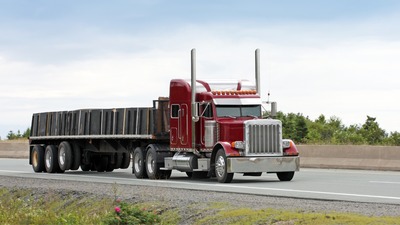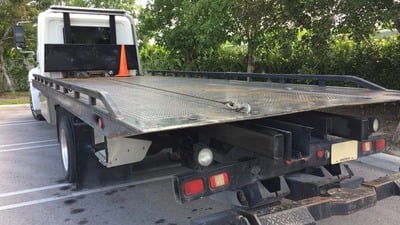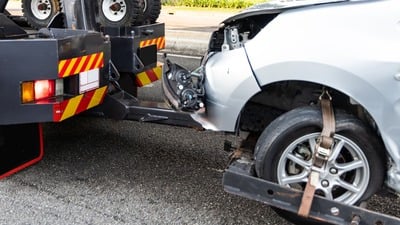Selecting the right rigging equipment is a pivotal decision for any business reliant on lifting and transport operations. This guide plunges into the heart of what makes rigging equipment not just functional, but exemplary, aiding you in making informed decisions that enhance safety, efficiency, and overall performance.
Understanding the Basics of Rigging Equipment
Rigging equipment encompasses a broad array of tools and devices used for lifting, moving, and securing heavy loads. From ropes and chains to slings, winches, and shackles, the right rigging tools are crucial for efficient and safe operations within any fleet.
The selection process begins with a clear understanding of your operations' specific needs—considering factors such as load weight, movement frequency, and environmental conditions. Grasping these basics is the first step towards optimizing your rigging practices.
Factors to Consider When Selecting Rigging Equipment
When it comes to selecting rigging equipment, the type of material, load capacity, and the environment in which it will be used are paramount. Considering these factors ensures not only the longevity of the equipment but also the safety of the operations it supports. Moreover, the compatibility of equipment with existing machinery and the versatility for use across different tasks can significantly impact operational efficiency and cost-effectiveness.
The Role of Material and Build Quality in Rigging Gear
Material quality is undoubtedly one of the most critical factors in the selection of rigging equipment. High-grade materials like alloy steel for chains and synthetic fibers for slings offer durability and strength, reducing the risk of failure under heavy loads.
Additionally, build quality directly affects the lifespan and reliability of rigging gear. Opting for equipment from reputable manufacturers that adhere to strict quality control measures can mitigate the risk of accidents and downtime.
Safety Standards and Certifications for Rigging Equipment
Adherence to safety standards and certifications is non-negotiable in the world of rigging equipment. Certifications such as ISO standards or OSHA regulations signify that the equipment has undergone rigorous testing and meets established safety criteria.
Regular training for staff on the latest safety protocols and correct usage of equipment plays a crucial role in preventing accidents and ensuring operational compliance.
Maintenance and Inspection: Keeping Your Rigging Equipment in Top Condition
Routine maintenance and inspection are essential for preserving the integrity and performance of rigging equipment. Implementing a regular inspection schedule can identify potential issues before they result in failure, ensuring the safety of operations and extending the equipment's lifespan.
Training personnel in proper maintenance protocols and keeping detailed records of inspections and any repairs or replacements made can help manage the overall health of your rigging assets effectively.
Innovations in Rigging Equipment: What's New on the Market
The rigging industry is not static, with advancements in technology driving innovations in equipment design and functionality. Features like RFID tags for easy tracking and inspection, and synthetic materials that offer strength without the weight of traditional materials, are changing the landscape.
Staying abreast of these innovations can provide fleets with a competitive edge, offering ways to increase efficiency, reduce costs, and improve safety through modernized equipment solutions.
Making the Right Choice: Case Studies of Rigging Equipment in Action
Real-world applications of rigging equipment illustrate the impact of thoughtful selection and maintenance. Case studies from industries such as construction, maritime, and logistics reveal how investing in quality and innovation in rigging gear can lead to successful outcomes.
These stories not only highlight the importance of the right equipment but also offer insights into best practices and strategies for optimizing rigging operations across various operational scenarios.
Securing Your Fleet's Future
Choosing the right rigging equipment is more than a purchase—it's a commitment to safety, efficiency, and reliability. As we've navigated through the considerations, materials, safety standards, and innovative developments in rigging gear, it's clear that understanding the nuances of this equipment can drastically impact the operational success of a fleet. Embracing quality, adhering to standards, and opting for equipment that reflects the latest advancements ensures that your fleet is not just equipped but optimized for the challenges ahead.





